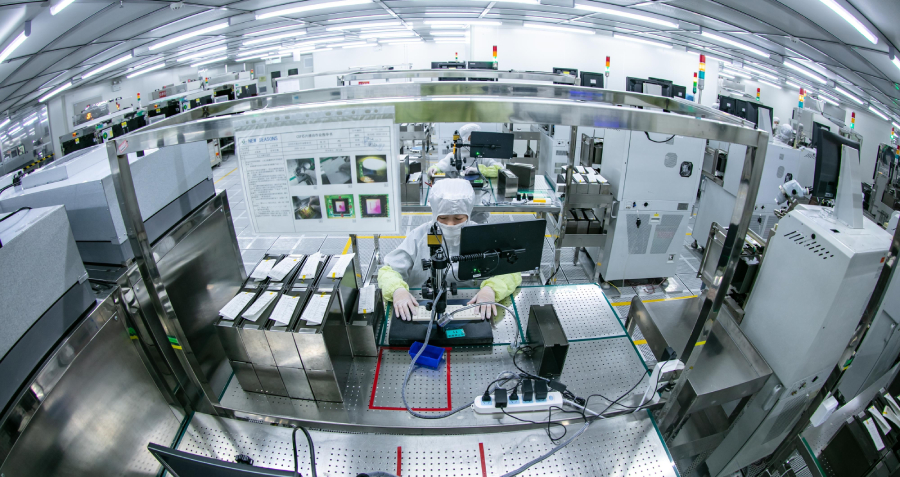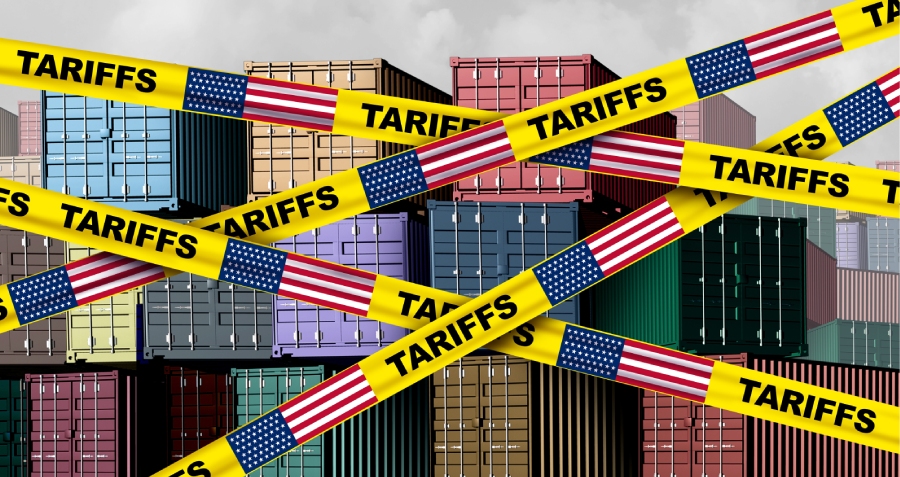Under what circumstances are companies more likely to engage in price wars?
When I was in grade school, fights would occasionally break out on the playground. The commencement of these fights was usually hard to predict: one boy would make a remark to another boy that he did not like, the words would become more heated and then a fight would erupt. Fortunately, these fights usually subsided quickly with no one hurt.
Fights between firms can also occur. As I have discussed before, it is usually in firms’ interests to cooperate and keep prices high. Despite this, firms sometimes engage in ruinous price wars. Although often as unpredictable as schoolyard skirmishes, fights between firms are sometimes a bit more predictable.
A crucial factor in predicting price wars is something economists call economies of scale. To understand this, we first have to understand something about firms’ cost structures. Firms’ costs are of two main kinds: variable and fixed. Variable costs are those that change with production—going up more or less with the number of units produced. Fixed costs, on the other hand, are those that do not change with the amount produced. The firm has to pay these regardless of how much it produces. For example, if you run a bakery, the flour used in each cake is a variable cost while the rent for your storefront is a fixed cost.
Economies of scale result from the way the two types of costs change as the firm produces more in a given time period. As output increases, variables costs increase but fixed costs do not. That means that the total cost per unit falls as the firm produces more: the variable costs per unit stay about the same as we produce more but the fixed costs get spread over more units of output. As the bakery sells more cakes, the rent cost per unit goes down. This fall in average cost per unit as production increases is called economies of scale.
What does this have to do with predicting a fight? If a firm has high fixed costs and is producing very little output relative to its capacity, then its average cost per unit will be very high—it will have a lot of fixed costs spread over very few units. This gives the firm a big incentive to lower its price. When it does so the firm not only sells more (by stealing sales from its competitors or increasing overall sales), but also lowers its average cost per unit. This is the good news. The bad news is that, assuming similar cost structures, the firm’s competitors have the same incentive to lower price. The result is a price war with market shares staying more or less the same.
This means that firms are more likely to engage in price wars when fixed costs are a big portion of overall costs and demand is low with firms operating well below capacity. We can see these patterns in the history of China’s air conditioner manufacturing industry. Three main firms dominate the industry: Gree, Midea and Haier. During last October’s National Day holiday week, Gree dropped prices on its air conditioners dramatically. Midea and Haier quickly followed suit resulting in the prices of some air conditioner models dropping by 40%.
A similar price war happened back in 2002 to 2004. The price war in those years resulted in price drops of up to 20% for the top brands even as the cost of materials used in the air conditioners was increasing. As a result, the number of firms dropped from about 300 to 10 as unprofitable manufacturers closed shop.
What do these two periods have in common? Last October the air conditioner market was plagued by excess capacity as demand was low from a slowdown in new home sales and an unusually cool summer. Similarly, the start of the 2002-2004 price war was blamed on oversupply and firms grabbing for market share. Faced with low demand in both of these periods, firms had excess capacity and produced a small number of units over which to spread their fixed costs.
How big are their fixed costs? I can only provide a rough calculation based on publicly-available information. Using data from 2014, Midea had operating margins of 8.8% and its operating costs were 75.1% variable and 16.0% fixed.[1] From this we can calculate Midea’s “scale penalty”—the increase in their costs if they operate at a smaller scale. For example, if Midea produced 80% as much output and charged the same prices, their margins would fall to 4.8% (variable costs would remain 75.1% but fixed costs would increase to 20.1% of operating revenues).[2] Fixed costs are relatively important here because an output drop of 20% reduces margins by almost one-half. Looking at Gree’s[3] financials yields a similar scale penalty.[4]
Does that mean fixed costs are a bad thing? Not necessarily. When demand is high, firms with high fixed costs can spread them over more units reducing their average costs by more than a firm with a higher proportion of variable costs. If new home sales pick up and we get a hot summer, the air conditioner manufacturers will be thankful for their fixed costs.
I wrote earlier about price discrimination in Chinese universities. I recently had my own experience with price discrimination trying to get a taxi ride home. After visiting friends who live near Beijing’s Dongzhimen subway station, I attempted to hail a cab outside the station. I asked six successive taxis for a ride home and all of them quoted a fare of RMB 150 (off-meter). Exasperated, I walked three blocks east from the station. Within two minutes I was able to hail a cab on meter and made it home for RMB 25. What was going on? Dongzhimen station is the terminus of the airport subway line. Moreover, I was trying to get home around 11:00 p.m. when all of the connecting subway lines from Dongzhimen were about to close. The taxis were all waiting for the many passengers who would soon emerge from the airport line with heavy luggage and no way to get home. Fortunately, I was unencumbered by luggage and joined the more price-sensitive passengers down the street.
[1] Data taken from Midea’s “2014 Annual Report.” I classified “Cost of Sales”, “Interest Expense”, “Handling Charge”, “Commission Expenses” and “Taxes and Associate Charges” as variable costs and “Selling and Distribution Expenses”, “Administrative Expenses”, “Financial Expenses” and “Asset Impairment Loss” as fixed costs.
[2] Fixed costs were 16.0% of operating revenues before but now revenues have fallen to 80% so that fixed costs now comprise 16.0%/0.8 = 20.1%.
[3] I will focus on Midea and Gree because they provide more detailed income statements than Haier.
[4] Using data from Gree’s “Annual Report 2014” and classifying “Cost of Sales”, “Interest Expense”, “Handling Charge and Commission Expenses” and “Business Taxes and Surcharges” as variable costs and “Sales Expense”, “Overhead Expense”, “Financial Expenses” and “Asset Impairment Loss” as fixed costs yields operating margins of 10.5%, variable costs contribution of 65.4%, and fixed costs contribution of 24.1%. Reducing output to 80% reduces the operating margin to 4.7% and increases the fixed costs contribution to 30.1% = 24.1%/0.8.




















